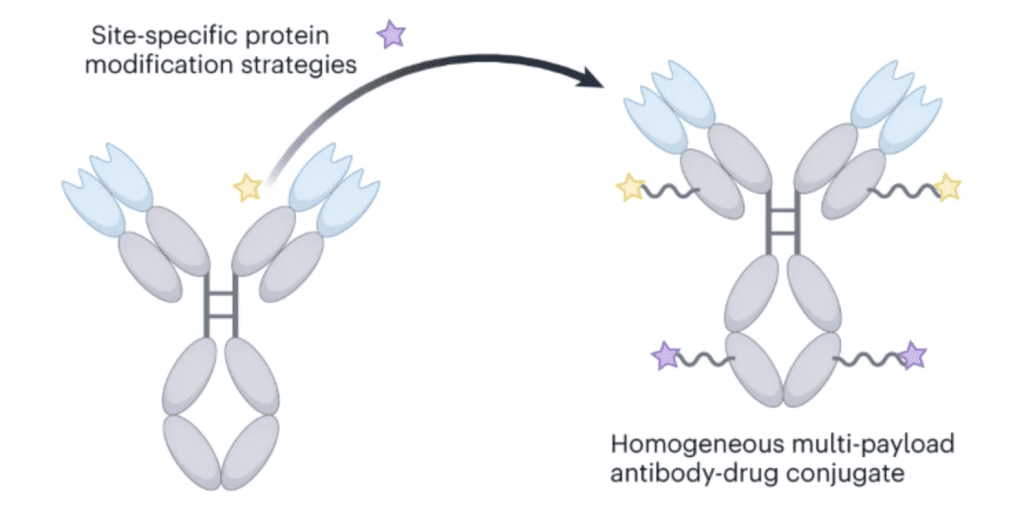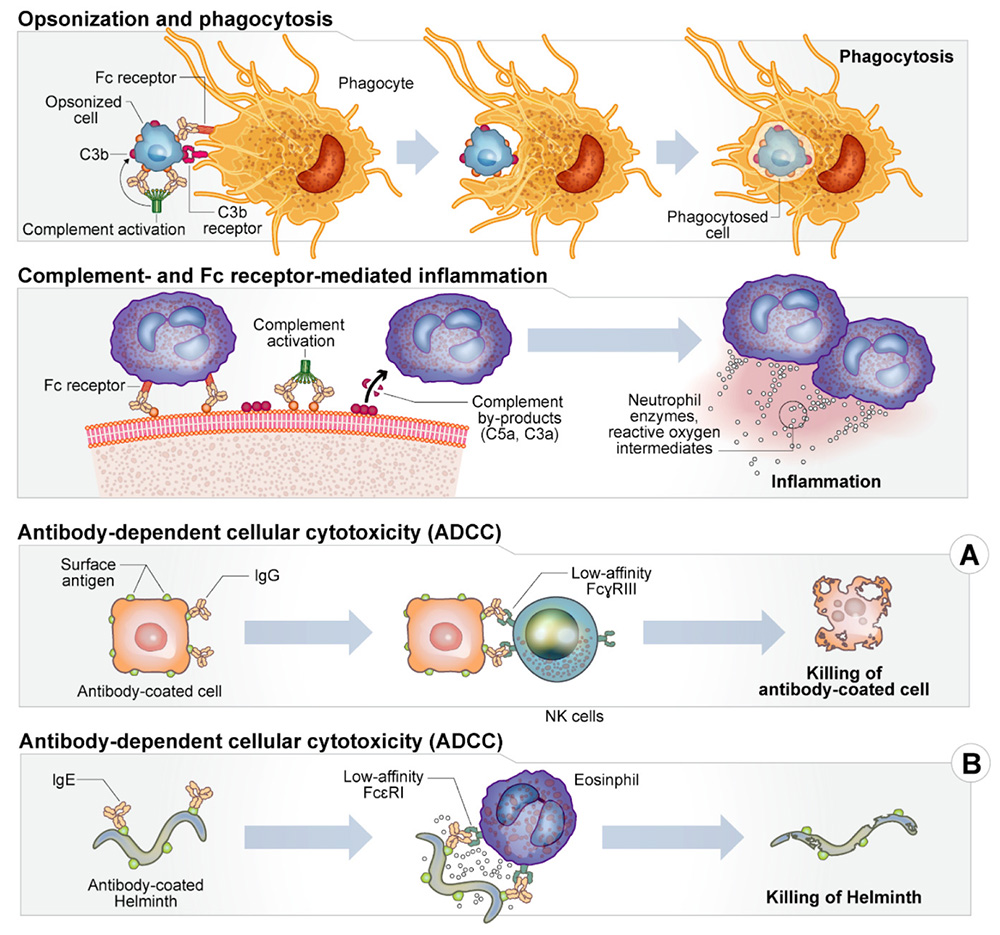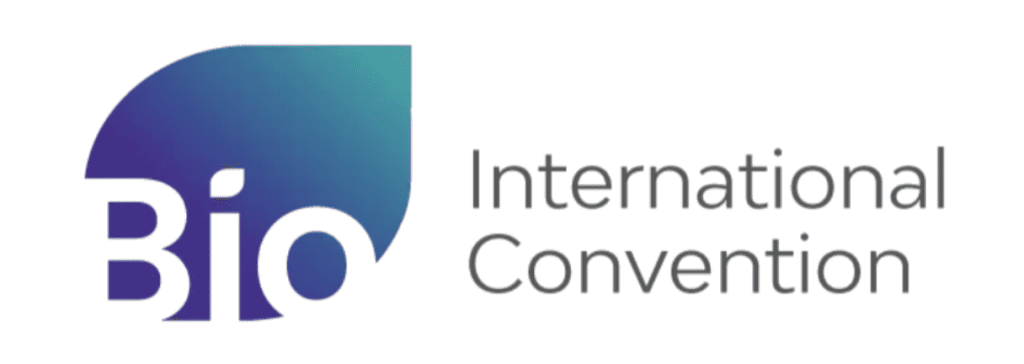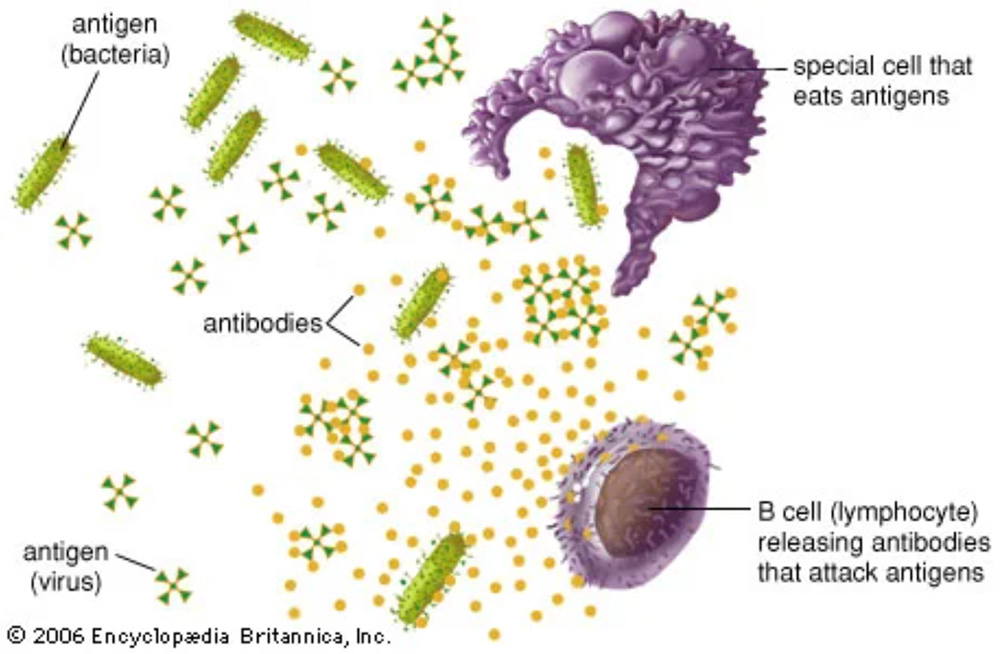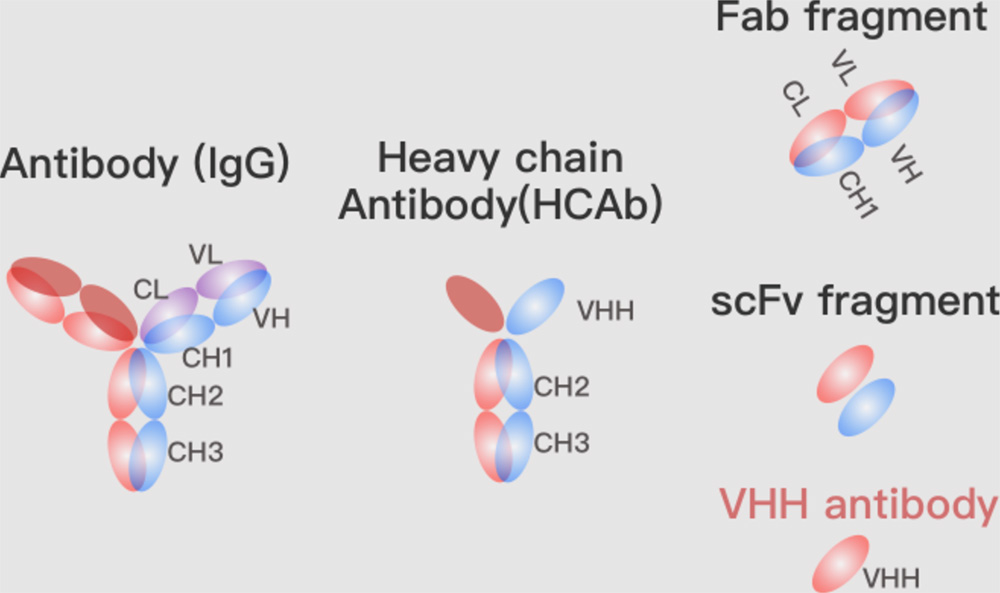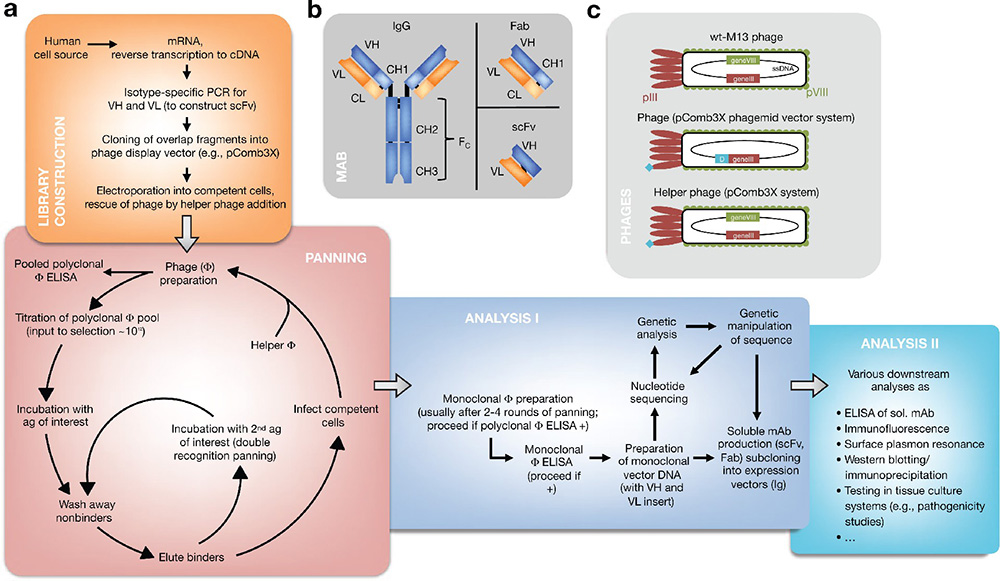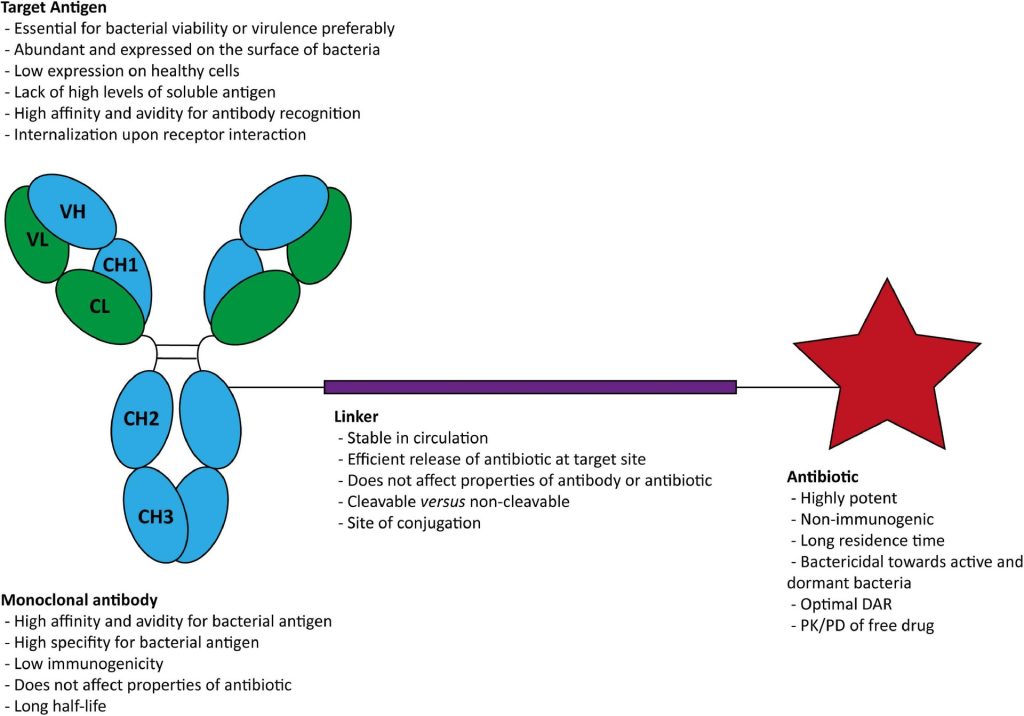Multi-Payload Antibody–Drug Conjugates
Antibody–drug conjugates (ADCs) have emerged as a revolutionary class of targeted cancer therapies, combining the specificity of monoclonal antibodies with the potent cytotoxicity of small-molecule drugs. While traditional ADCs typically carry a single type of cytotoxic payload, recent advancements have explored the incorporation of multiple payloads within a single ADC. Cancer treatment has significantly […]
Multi-Payload Antibody–Drug Conjugates Read More »

